Empowering beneficiaries with their own health data
By the Numbers
Americans reliant on Medicare claims
Developers using Blue Button API
The Challenge
Medicare claims data serves as a running health record for 53 million Americans. As patients move through the health care system, providers often struggle to gain and maintain a complete picture of their medical history. Without a unifying system, patients bear the burden of maintaining their medical records and briefing each new provider on their medical history and current care regimen. Doing so wastes valuable time during medical appointments that could be better spent addressing the patient’s current medical issues.
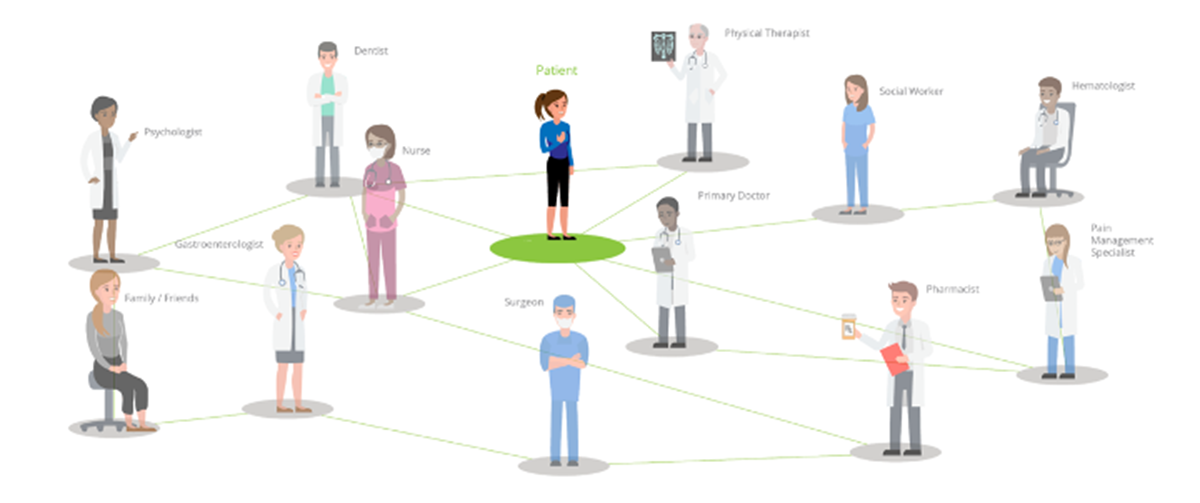
The Solution
The Centers for Medicare & Medicaid Services tapped USDS to work alongside them to build Blue Button, an application programming interface (API) that opened Medicare claims data to third-party developers. Blue Button allows beneficiaries to access data that lets them and their caregivers monitor drug conflicts, view visit history, and track progress towards desired healthcare outcomes. Three years later, building on top of data made available through the Blue Button API, a small USDS team created and launched Data at the Point of Care, making patients’ Medicare claims data available to their providers.
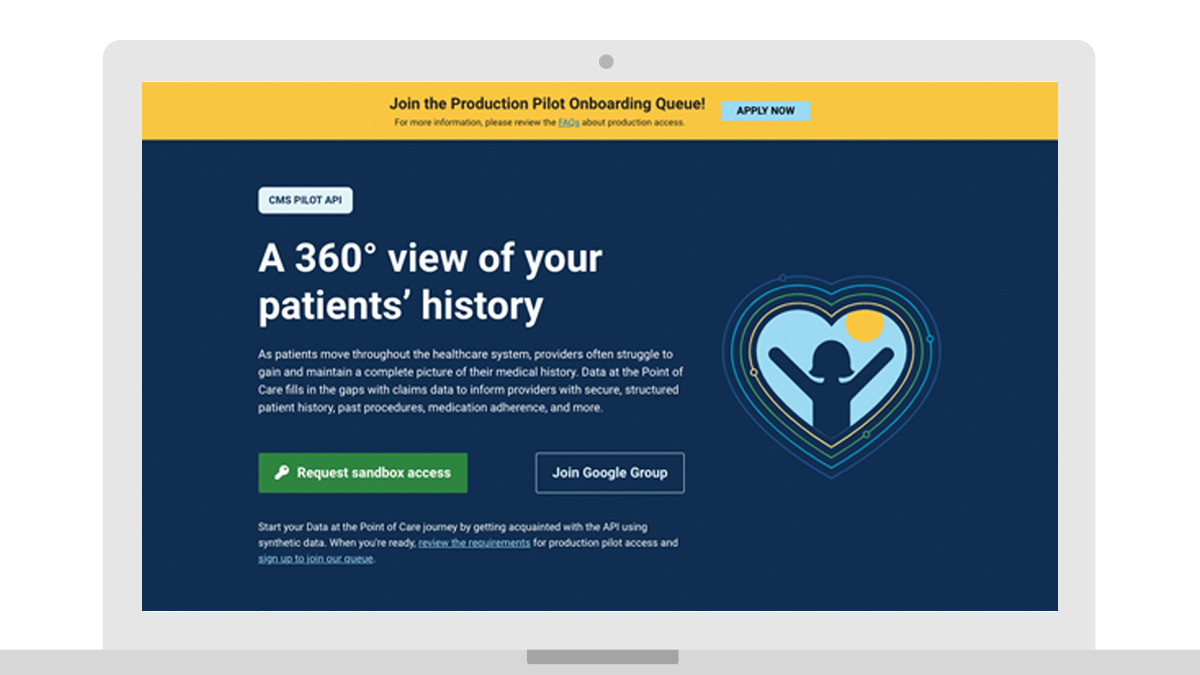
The Impact
Blue Button and Data at the Point of Care help give beneficiaries and their providers a 360‑degree view of past diagnoses, procedures, and medications. Instead of forcing patients to recall and retell their entire medical history at each visit, providers can use Medicare claims information to confirm a patient’s understanding of their medical history, fill in gaps in care, and improve patient safety. This not only enables Americans to make better medical decisions (such as monitor for drug conflicts and refill prescriptions) but also reduces the government’s burden to build and maintain technically complex software solutions for every possible use case.
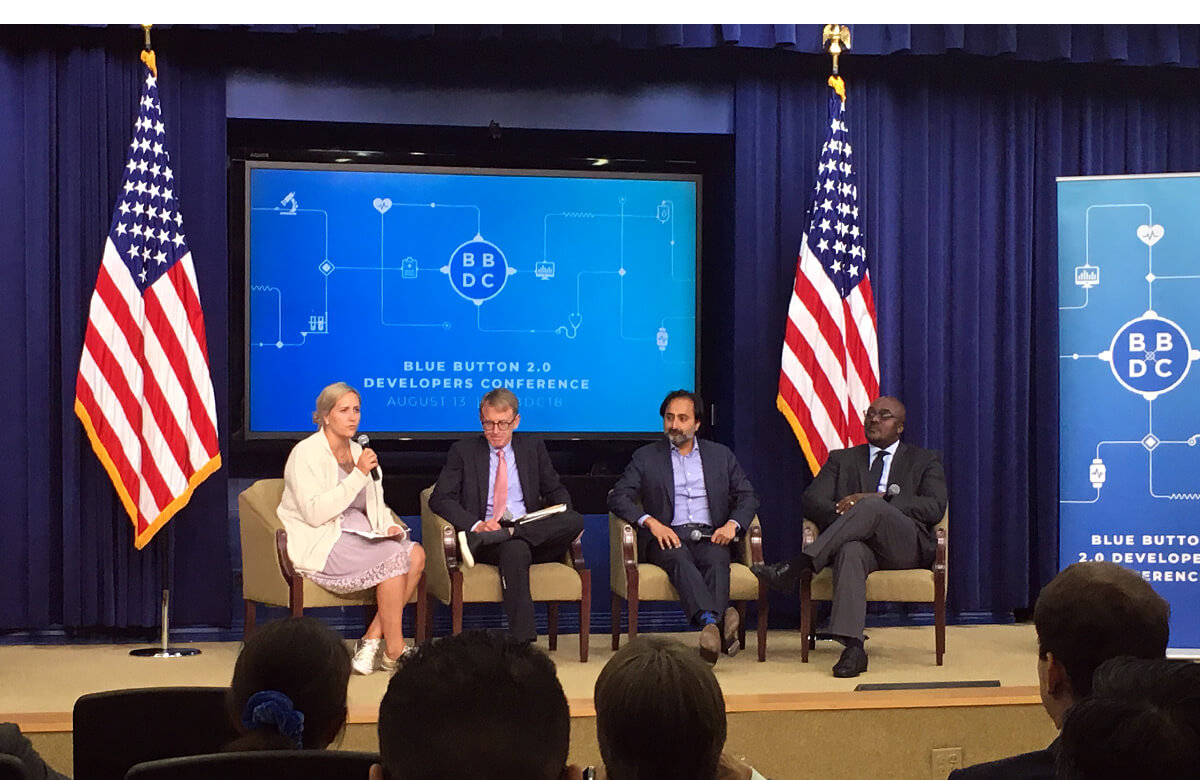 In August 2018, USDS hosted the Blue Button Developer Conference at the White House where Amazon, Microsoft, Oracle, Google, Salesforce, and IBM all pledged to use the data standard Blue Button 2.0 is built on.
In August 2018, USDS hosted the Blue Button Developer Conference at the White House where Amazon, Microsoft, Oracle, Google, Salesforce, and IBM all pledged to use the data standard Blue Button 2.0 is built on.
Press
- CMS to host Blue Button 2.0 conference
- New from the Digital Service team at CMS: Blue Button 2.0 is a Medicare claims data API
- CMS, USDS innovators on the future of Blue Button 2.0
- A world without prior authorization — How analytics are helping health systems transition to value-based care
- Major reformations of the last decade that will shape US healthcare in 2020
- Medicaid data made public for the first time
More projects
-
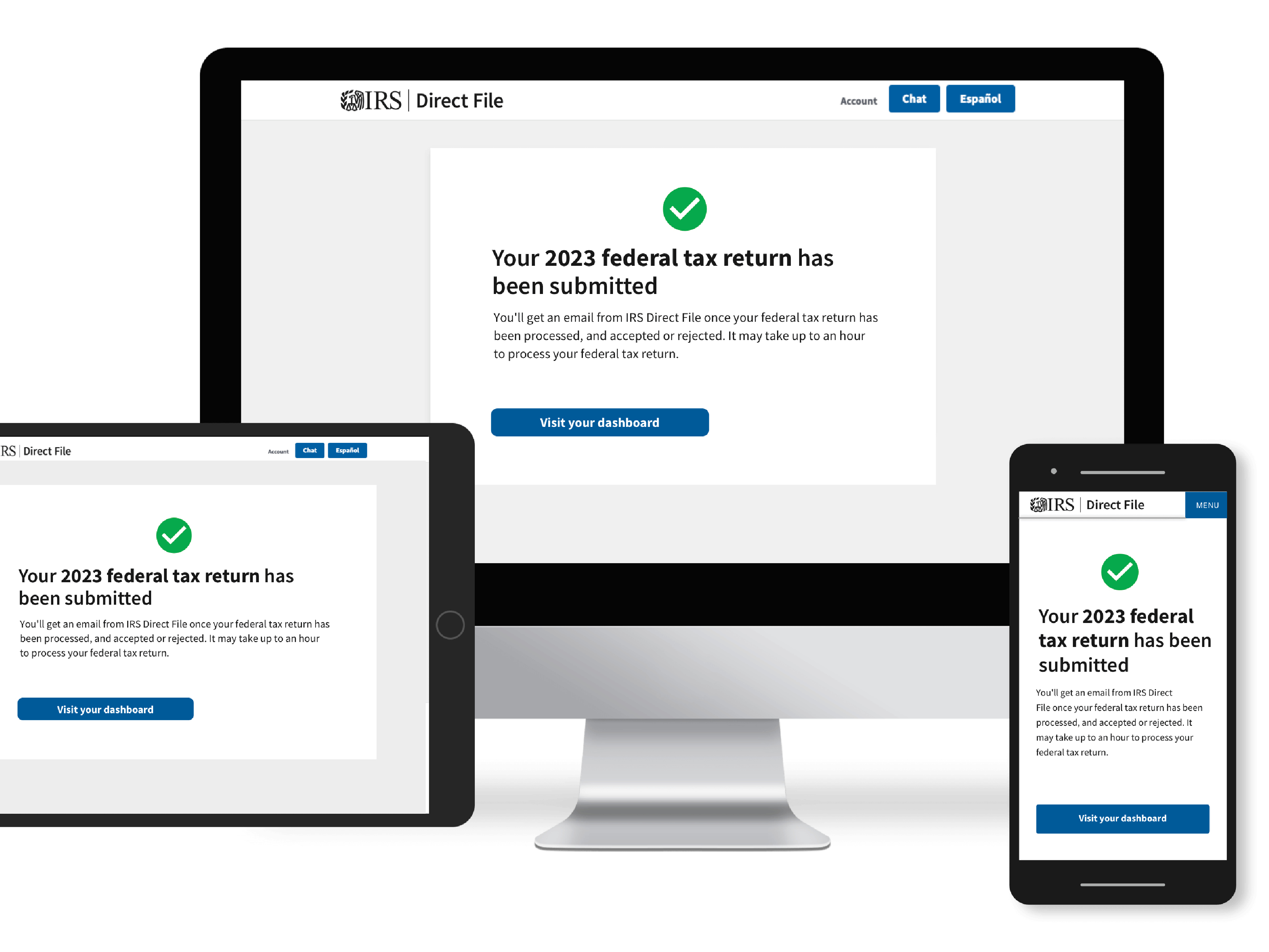 Internal Revenue Service
Internal Revenue ServiceFiling taxes for free with IRS’ Direct File
USDS partnered with the IRS to deliver the IRS Direct File Pilot, a free way for eligible people to file their taxes for free, directly with the IRS.
-
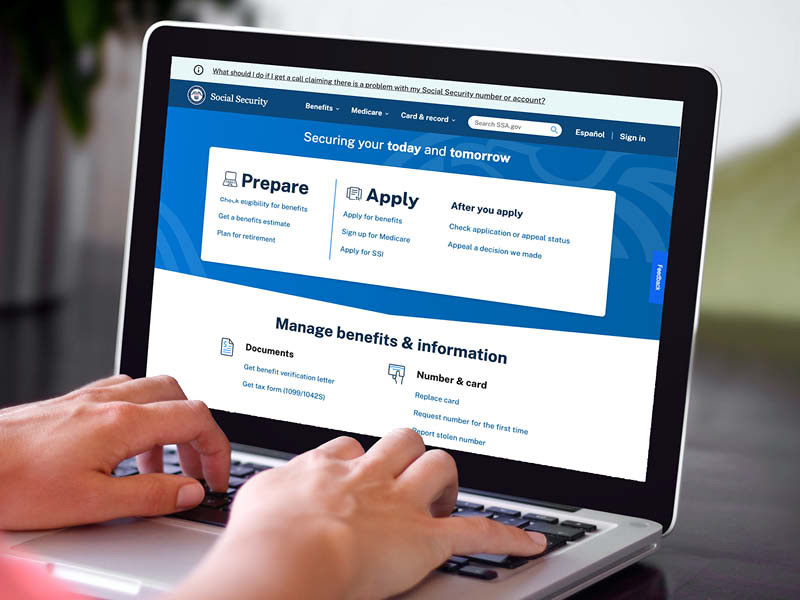 Social Security Administration
Social Security AdministrationContinuously improving SSA.gov
The Social Security Administration is building on the momentum from their partnership with the U.S. Digital Service by implementing iterative research, best practices, and a data-informed approach to ensure the website is usable and useful.
-
 Centers for Disease Control and Prevention
Centers for Disease Control and PreventionPreparing for the next pandemic while building tech for COVID-19
We worked with the Centers for Disease Control and Prevention to quickly create and scale technology programs that digitize and share infectious disease test results in real-time.
-
 Health and Human Services
Health and Human ServicesModernizing the child care application process
USDS partnered with ACF’s policy and subject matter experts to create a Model Child Care Assistance Application and eligibility verification practices that met federal guidelines and demonstrated the “art of what’s possible.
-
 Cross-agency
Cross-agencyOptimizing benefits for families
Working alongside The Department of Treasury and the White House, we built ChildTaxCredit.gov to educate families about the expanded Earned Income Credit and Child Tax Credit. The USDS team relied on in-depth research to create a site that is accessible, easy-to-read, and provides resources to find free tax services.
-
 Cross-agency
Cross-agencyChanging how the government hires technical talent
We helped develop a process that allows HR to leverage subject matter experts to evaluate candidates for specialized roles. The result restores fair and open access for all applicants, shortens the hiring timeline, and ensures applicants are truly qualified.
-
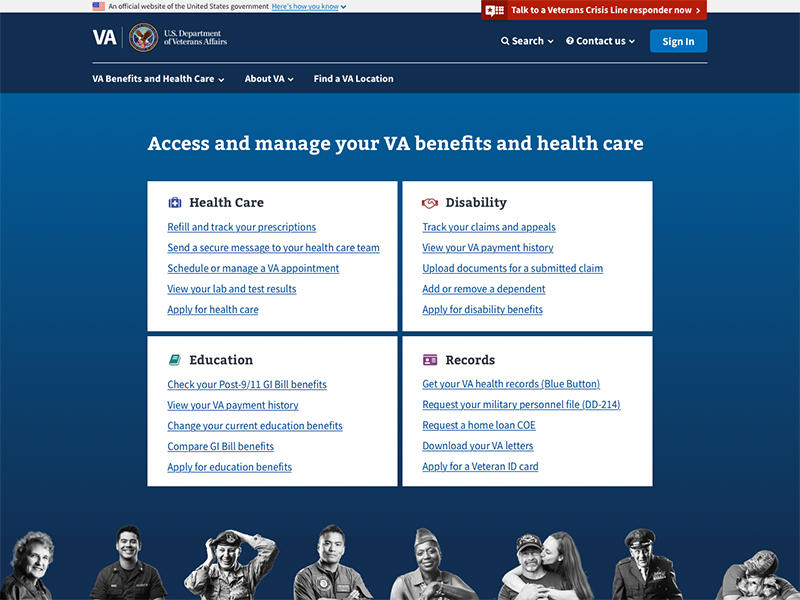 Veterans Affairs
Veterans AffairsSimplifying Veteran‑facing services through VA.gov
Each month, over 10 million people attempt to access the digital tools and content at the Department of Veterans Affairs (VA) and have historically struggled to find what they’re looking for. Digital modernization efforts needed to focus on improving the user experience.


